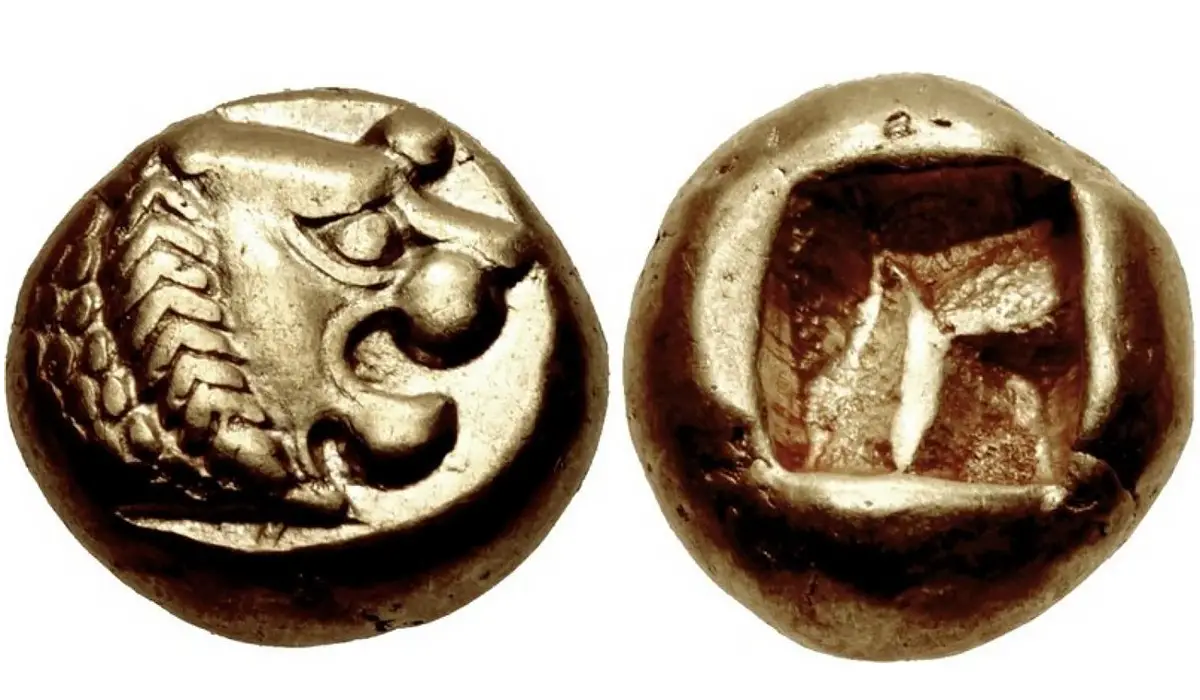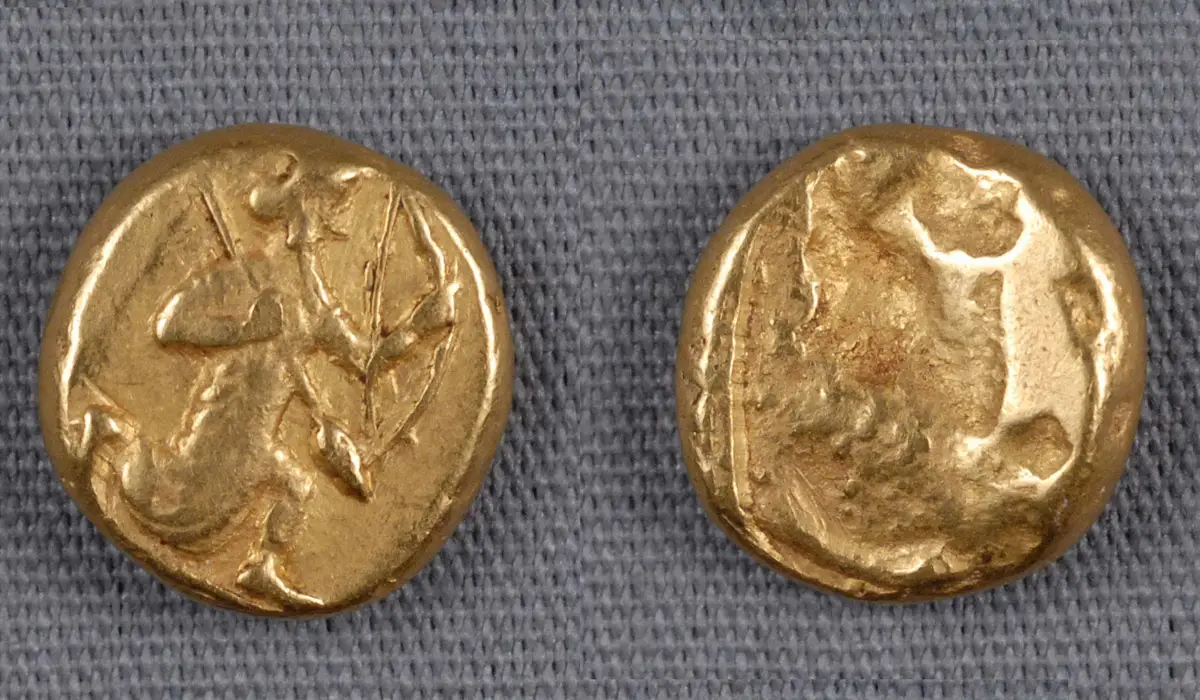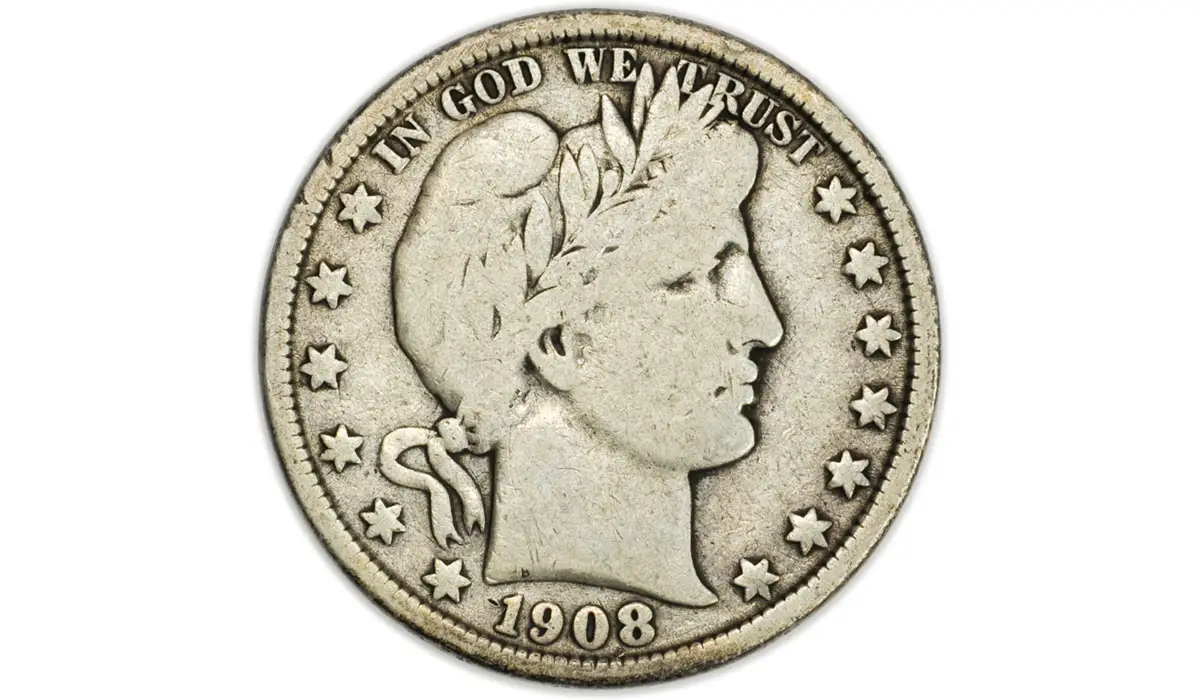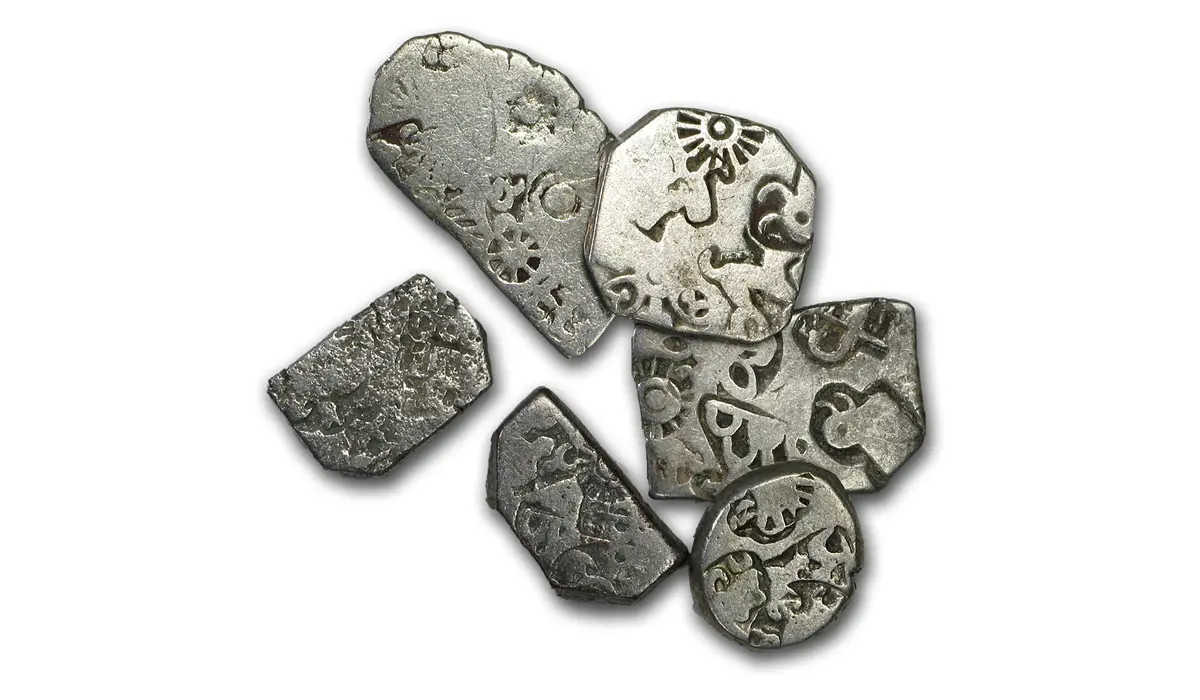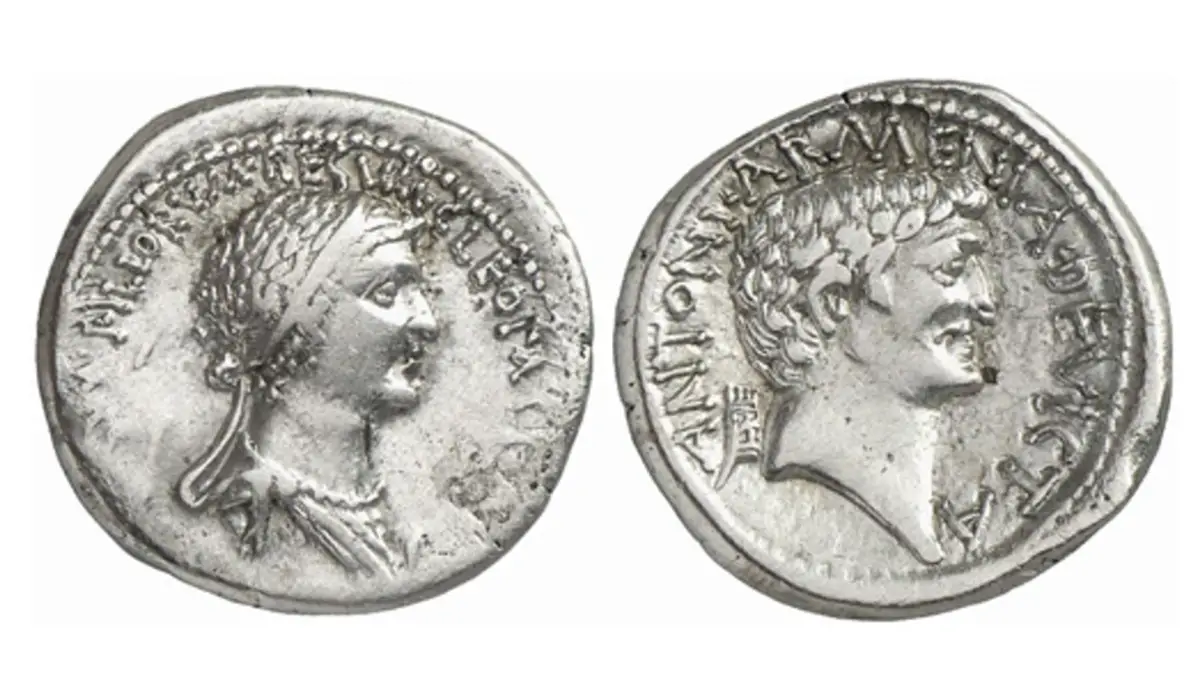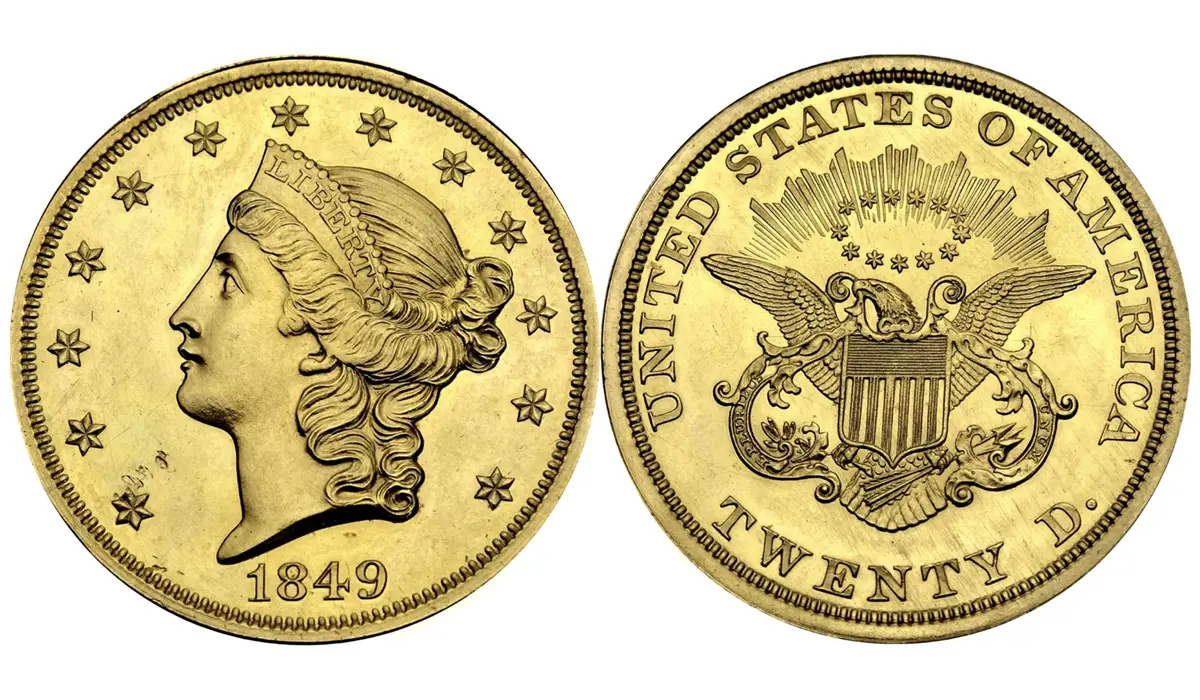Coins have been used as a system of exchange for thousands of years, and their form and purpose have not changed even until now. Of course, changes in design and even rulerships mean that some currencies stop being in circulation. In some cases, these coins become rare and highly valuable, making them very noteworthy especially to numismatists or coin collectors.
Here, we present to you a list of the rarest ancient coins from all over the world. These coins topped our list because of their age as well as their rarity. If you have any of these currencies in your possession, then consider yourself lucky as they are highly prized and can sell for far more than their face value.
Table of Contents
1. Lydia Lion
The Lydia Lion was in circulation as early as 700 BCE. Originating in what is now known as Turkey, these coins were made out of electrum, which is an alloy of combined gold and silver. The front of the coin is made by hammering the metal into a die using a punch. As such, all currencies during this period had the same reverse while having different designs at the front. The earliest known specimen was dated to be over 2,700 years old.
2. Hallaton Silver Coins
The Hallation silver coin, named after the organization that found it in the year 2000, is worth mentioning not only because of its age but because it was proof of trade relations between Rome and Britain as far back as 200 BCE. The Hallaton Silver coin was part of a treasure cove of ancient artifacts that were found in England, including over 5,000 other ancient coins and jewelry, among others.
3. Persian Daric
The daric was used in Persia at around 500 BCE. Named after Darius I, the Persian daric used almost pure gold in the composition of these coins. The reason for this currency’s rarity is that the coins were melted down and remade into new coins by Alexander the Great upon Persia’s invasion in 330 BC. As such, these coins are absolutely rare finds.
4. 1913 Liberty Head Nickel
While not as ancient as some of the other coins on this list, the 1913 Liberty Head nickel deserves to be on this collection as it is considered to be one of the rarest coins in the world. Only five were ever released, and these coins hold the distinction of being minted without the authorization of the government. A single coin can easily fetch millions in auction houses and is hands down one of the most valued coins existing today.
5. Edward Florin III
Dating back to 1344, The Edward Florin was circulated in England under the rule of King Edward. Worth 6 shillings, this coin is currently worth over 6 million US dollars. Only three of these gold coins are known to exist in the world today. Hence, Edward Florin III is considered to be the rarest coins today. You can also expect market prices for these coins to grow as time goes along.
6. 1908 Silver Dollar Coin
The silver dollar coin bears the year 1908. However, these coins were actually struck 30 decades later. Originally minted as gifts to Asian envoys by Ambassador Edmund Roberts. Only 15 of these coins are known to exist, with three classifications available based on their quality. A Class 1 1804 Silver Dollar Coin can easily fetch up to four million dollars in the market today.
7. Indian Karshapana
Karshapanas was used in India during the 6th century BCE. Also known as Panas, these coins were roughly square-shaped with one of more symbols stamped on them. Symbols such as sun, elephants, trees, and birds, depending on where in particular the coins were made. These were primarily made of silver and were different as they were not circular in shape as what was regularly used during the time.
8. Cleopatra & Mark Antony Silver Denarius
This coin dates back to 32 BC. On one side of the coin is a figure of Mark Antony, while the other bears the image of Cleopatra. Latin writings commemorate the conquest of Armenia and honor Cleopatra. The coin is made out of silver and is the size of the 1 euro cent. This coin is extremely rare and specimens can be moved for tens of thousands of dollars.
9. 1849 Double Eagle
The 1849 Double Eagle was worth 20 US dollars. However, it can now fetch up to 20 million times that value due to its extreme rarity. Only one is known to exist and is currently on display at the Smithsonian Institute, while others were lost in time. This coin was made at a time of historical and cultural significance, specifically during the California gold rush of the 1840s and 1850s. Finding another specimen is extremely unlikely, which is why this particular coin is highly valued and is practically priceless.
10. Aegina Sea Turtle
The Aegina Sea Turtle, which was used way back in 550 BCE, is one of the oldest coins in existence. It was used in Greece for trading with other countries such as Lydia and Ionia, which also had their own coins in circulation at the time. The Aegina Sea Turtle was known to be uniform in shape and design and were widely spread throughout the known world. The same technology used in the creation of Lydia coins were utilized in the manufacture of these rare ancient coins.
Coins are valued not only because of their age and rarity but also because of their history. As such, while some old coins can be bought for a couple of hundreds of dollars, fairly new ones can fetch thousands of even millions of dollars in the market. In some cases, these coins were not even put into circulation and were created only for commemorative purposes.
Nevertheless, getting these coins as part of your collection can be very exciting but can also be a very expensive hobby. Would be coin collectors and hunters should take caution, though; as counterfeits can sometimes be easily created and passed off as the real thing. Knowing the history of these rare and ancient coins and doing your research will definitely give you an edge and can even help you get a fairer deal. Of course, you can just go to a museum and see these historically and culturally significant currencies firsthand.

